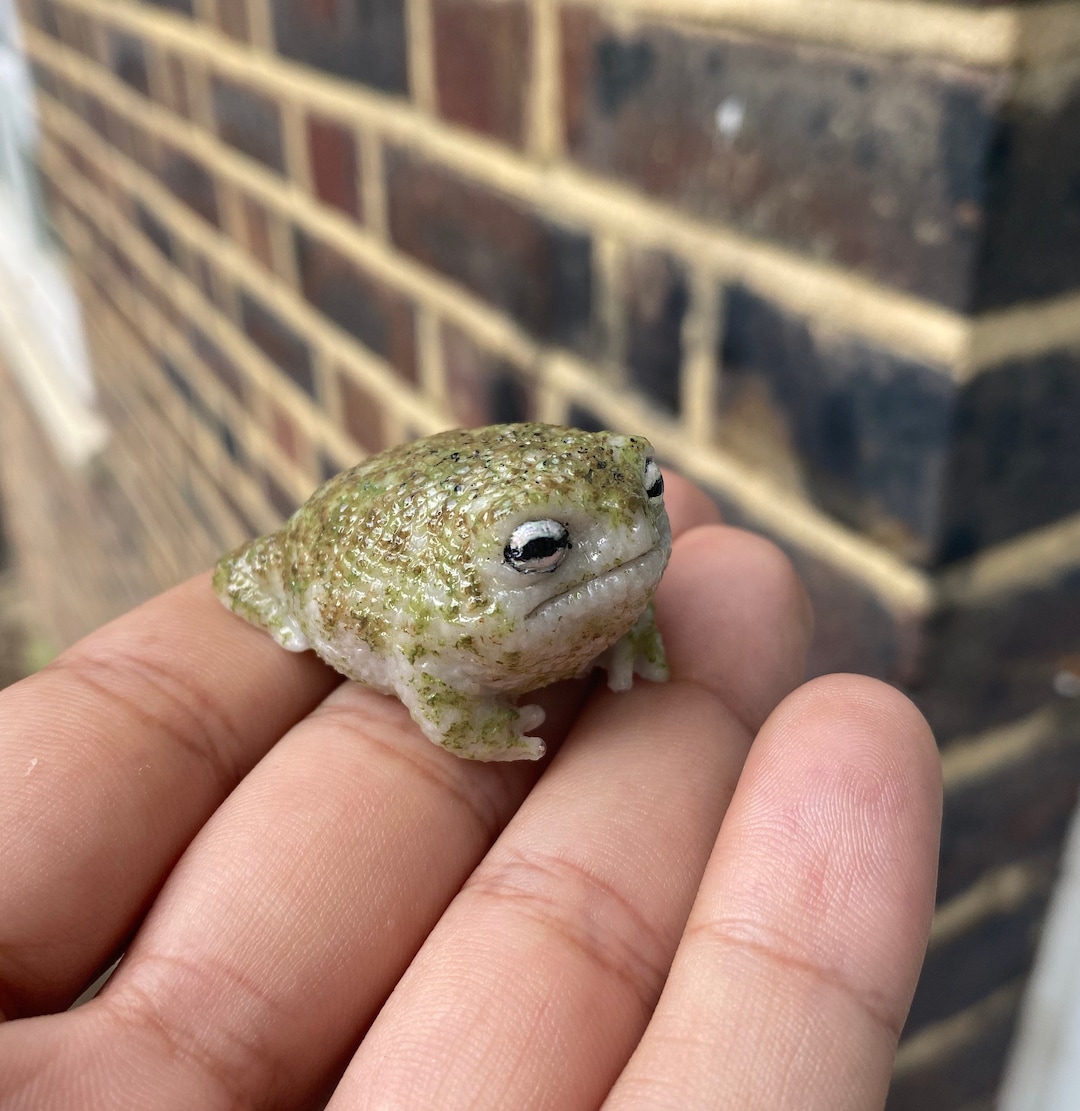Rain Frog for Sale: Boost Your Collection with Uncommon and Unique Amphibians!
Rain Frog for Sale: Boost Your Collection with Uncommon and Unique Amphibians!
Blog Article
The Ideal Reptile Enclosures: How to Create the Ideal Habitat
Producing the best environment for reptiles is not simply concerning positioning them in a container or unit; it involves a thoughtful consideration of numerous elements that add to their total wellness. From the dimension of the room to the kind of substratum utilized, every component plays a vital role in giving a setting where your reptile can flourish. By recognizing the particular demands of your reptile types and implementing the ideal habitat setup, you can guarantee their health and wellness and joy in captivity.
Selecting the Right Unit Dimension
When selecting an unit dimension for reptiles, it is important to consider their natural behaviors and room demands to guarantee their health and health. Different reptile species have varying needs when it concerns habitat room. Arboreal types like chameleons or tree serpents need vertical area for setting down and climbing up, while earthbound species such as bearded dragons or leopard geckos need more floor space for exploring and thermoregulation. Aquatic turtles like red-eared sliders necessitate units with both water and land locations for swimming and basking.
A basic guideline of thumb is to supply adequate space for the reptile to display all-natural habits, such as basking, concealing, climbing, and foraging. By meticulously thinking about the certain demands of the reptile varieties in inquiry, owners can produce an ideal and improving environment that advertises total well-being and motivates natural habits.
Establishing Up Appropriate Burner
To ensure the health and health and wellness of reptiles in their rooms, it is important to carefully establish up correct home heating aspects. When establishing up home heating aspects in a reptile room, it is important to consider the details temperature level requirements of the varieties you are caring for.
One reliable and typical home heating aspect for reptile enclosures is a warm lamp or ceramic warmth emitter. These heat resources can be utilized to develop a temperature slope within the room, permitting reptiles to relocate between warmer and cooler areas as needed. Furthermore, under-tank hot pad or heat floor coverings can be utilized to give stomach heat, which is especially advantageous for reptiles that call for extra heat to aid in digestion.
Keeping track of the temperature level within the unit using a thermometer is essential to guarantee that the home heating components are maintaining the suitable temperature variety for your reptile. Regularly check and change the burner as required to produce a comfy and healthy and balanced environment for your scaly good friend.
Picking Appropriate Lights Components

Giving the Perfect Substrate
Selecting the proper substratum is crucial for creating a comfortable and appropriate setting for reptiles in their rooms. The substratum offers numerous objectives, consisting of giving a foundation for natural behaviors like burrowing, aiding in preserving appropriate humidity degrees, and providing a comfortable surface area for the reptile to relax upon - rain frog for sale. When picking a substratum for your reptile room, it is critical to take into consideration the species-specific needs of your pet. Some reptiles, such as desert-dwelling species like bearded dragons, thrive on substrates like calcium sand or reptile carpet, while others, like ball pythons, prefer coconut husk or aspen bedding to maintain moisture degrees.
Prevent substratums that can trigger impaction, such as loosened substrates like sand or crushed rock, especially for reptiles recognized to ingest their bed linen. Routinely cleansing and replacing the substratum is vital to make sure a clean and sanitary atmosphere for your reptile.
Decorating for Enrichment and Comfort
Taking into consideration the substrate's function in providing a foundation for all-natural behaviors and preserving a suitable atmosphere, improving the reptile room with proper decorations is essential for both enrichment and convenience. Decorations such as branches, rocks, hideouts, and artificial plants not only develop a more visually enticing habitat however additionally serve practical functions. Branches give climbing opportunities for arboreal varieties, while rocks can serve Full Article as basking areas for heat. Hideouts supply shelter and safety, lowering stress levels for the reptile. Synthetic plants not just boost the visual appeals however likewise supply concealing places and enrichment by allowing the reptile to engage and check out with its atmosphere. When enhancing the unit, it is important to consider the reptile's species-specific needs and behaviors to create a space that promotes mental and physical well-being. By incorporating a selection of designs that imitate the reptile's all-natural habitat, proprietors Read Full Article can ensure their pet dog's comfort and stimulate their all-natural reactions, ultimately resulting in a better and healthier reptile.
Conclusion

Developing the ideal environment for reptiles is not just concerning putting them in a tank or enclosure; it involves a thoughtful consideration of numerous aspects that contribute to their overall wellness.Picking the ideal substrate is vital for developing a comfortable and suitable atmosphere for reptiles in their units. Some reptiles, such as desert-dwelling varieties like bearded dragons, thrive on substrates like calcium sand or reptile carpeting, while others, like ball pythons, like coconut husk or aspen bed linens to maintain humidity levels.
By integrating a range of decors that resemble the reptile's natural environment, proprietors can guarantee their pet dog's convenience and boost their all-natural reactions, inevitably leading to a happier and healthier reptile.
In conclusion, creating the perfect habitat for reptiles involves selecting the appropriate enclosure size, heating aspects, lighting fixtures, substrate, and decors.
Report this page